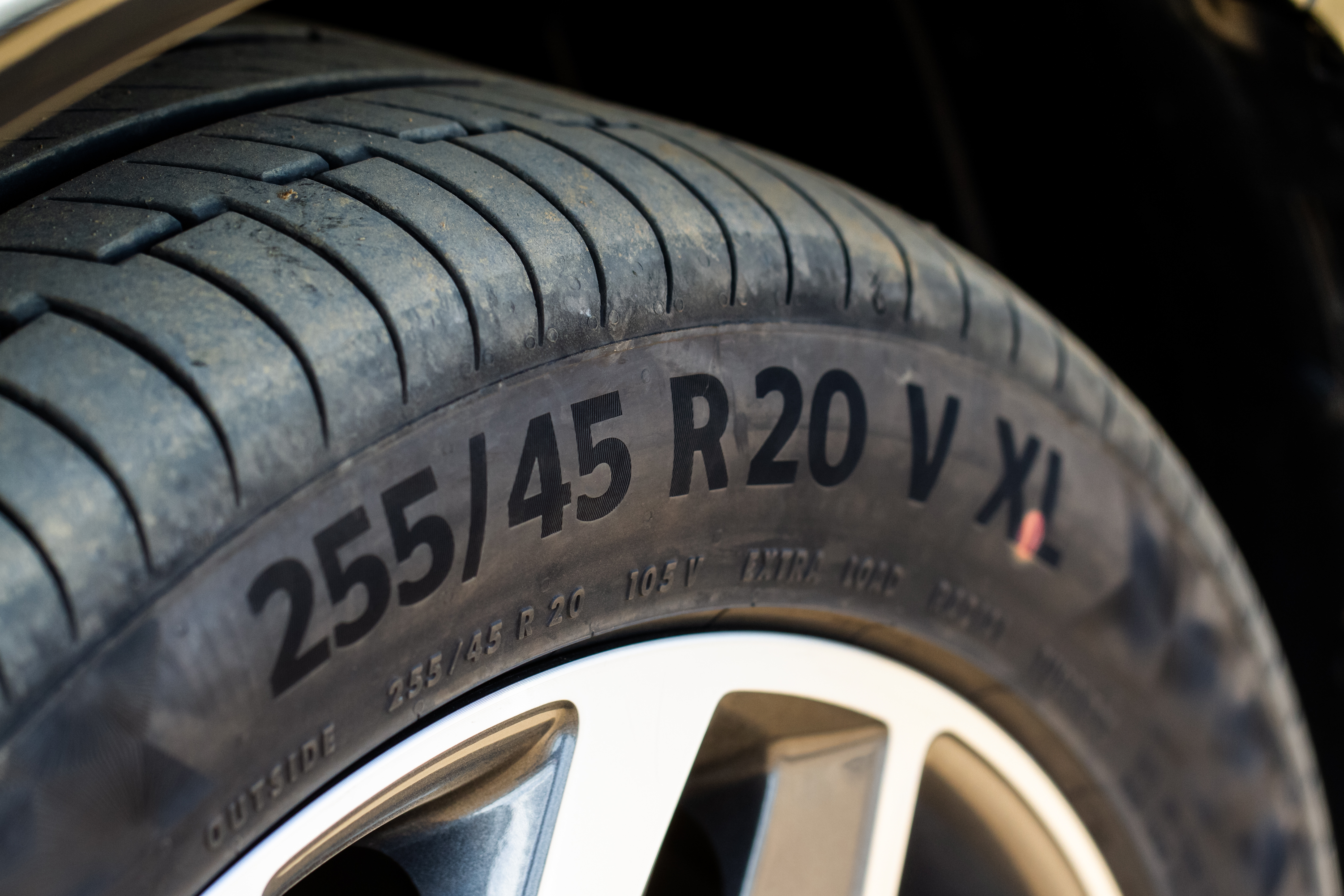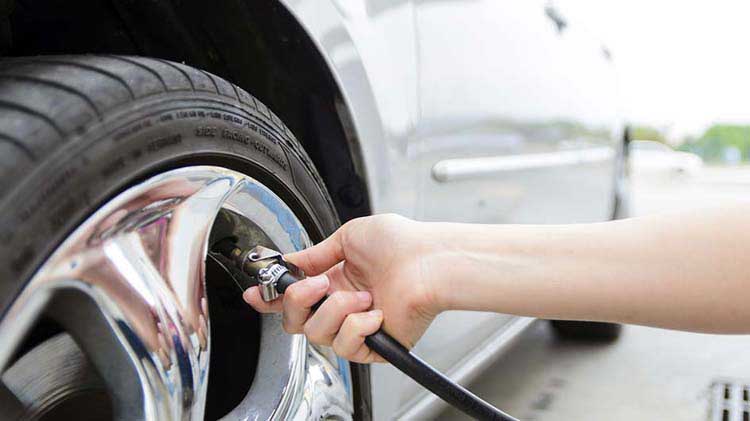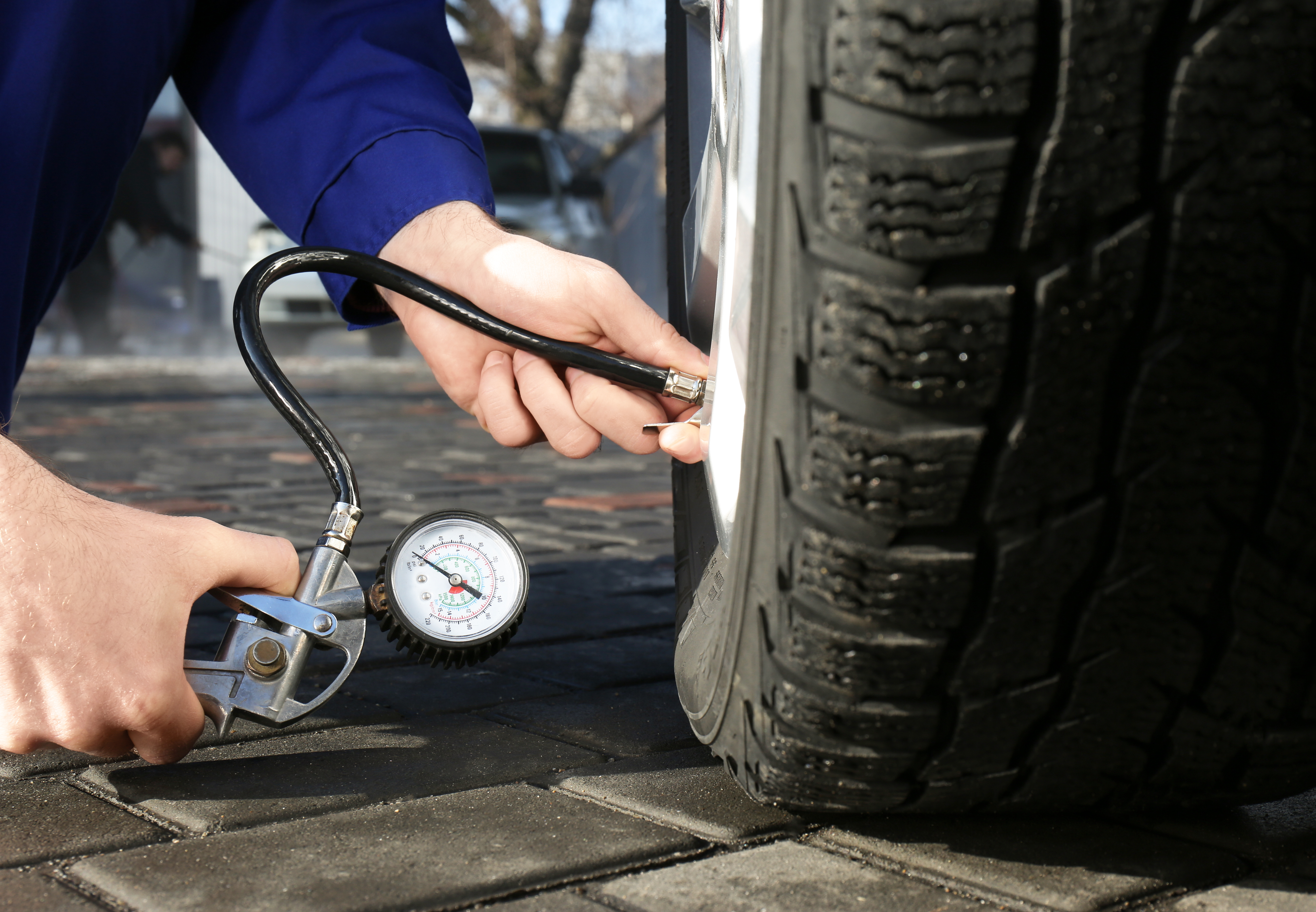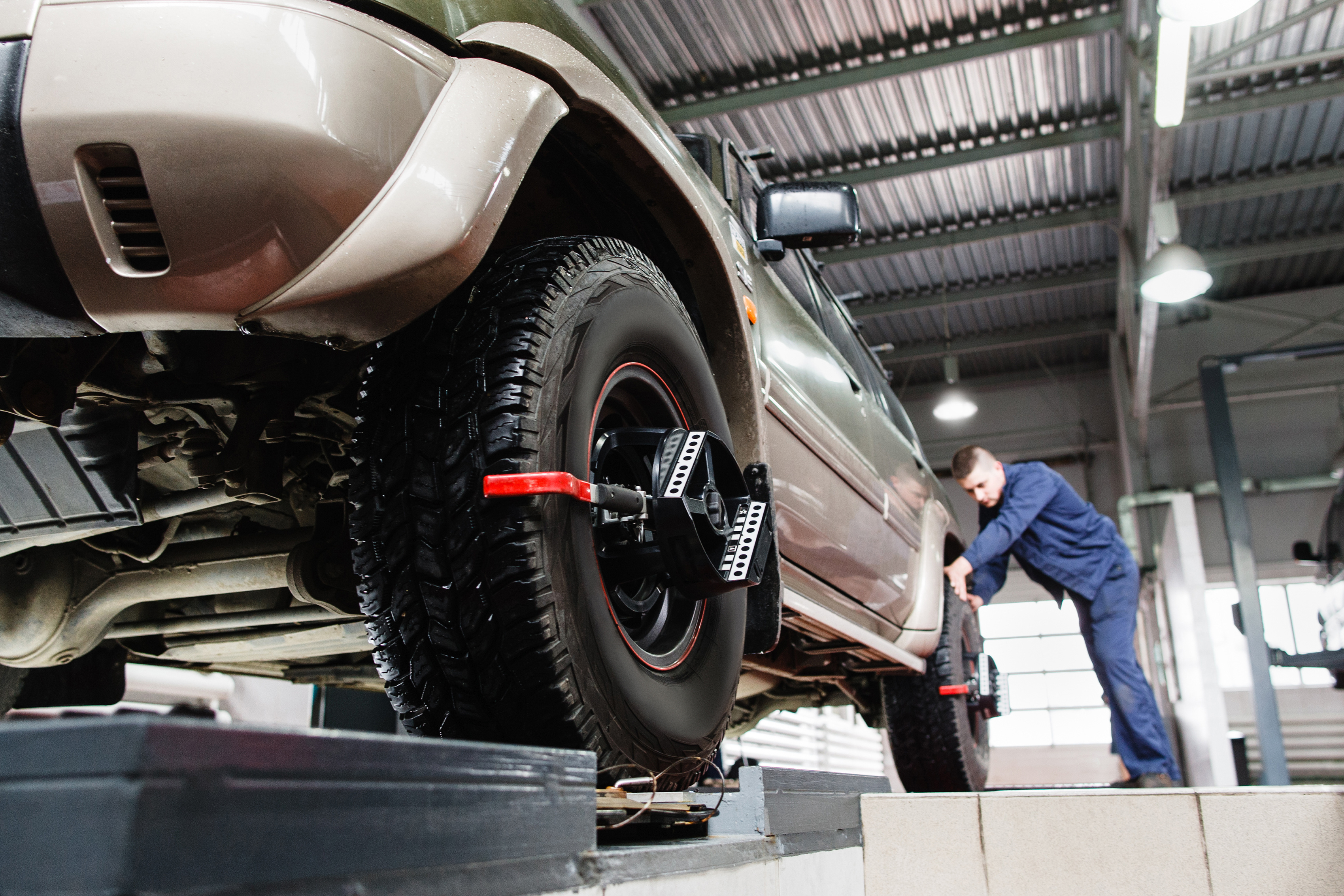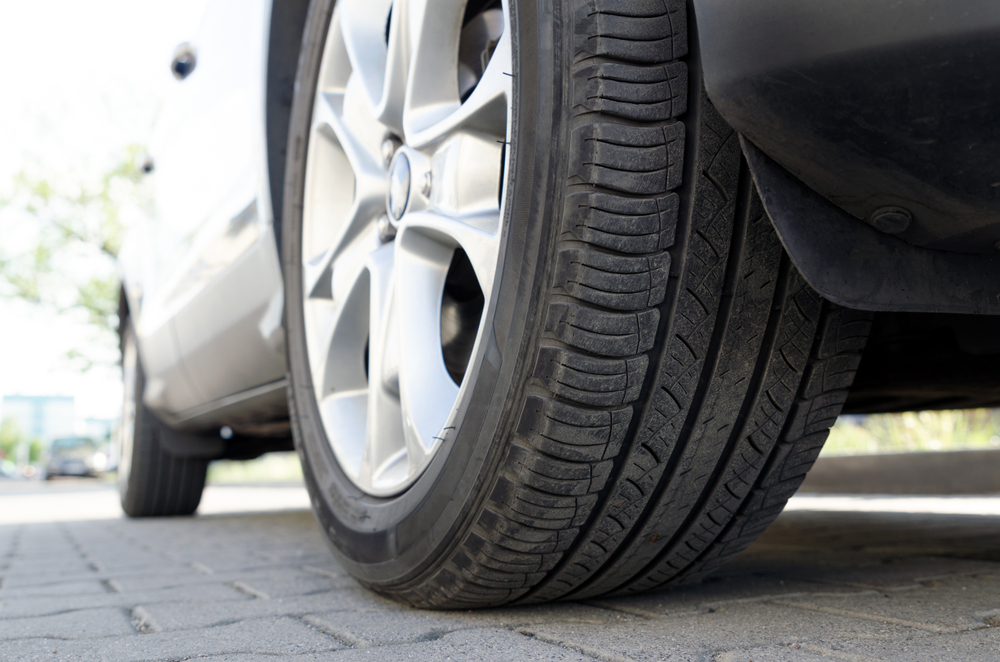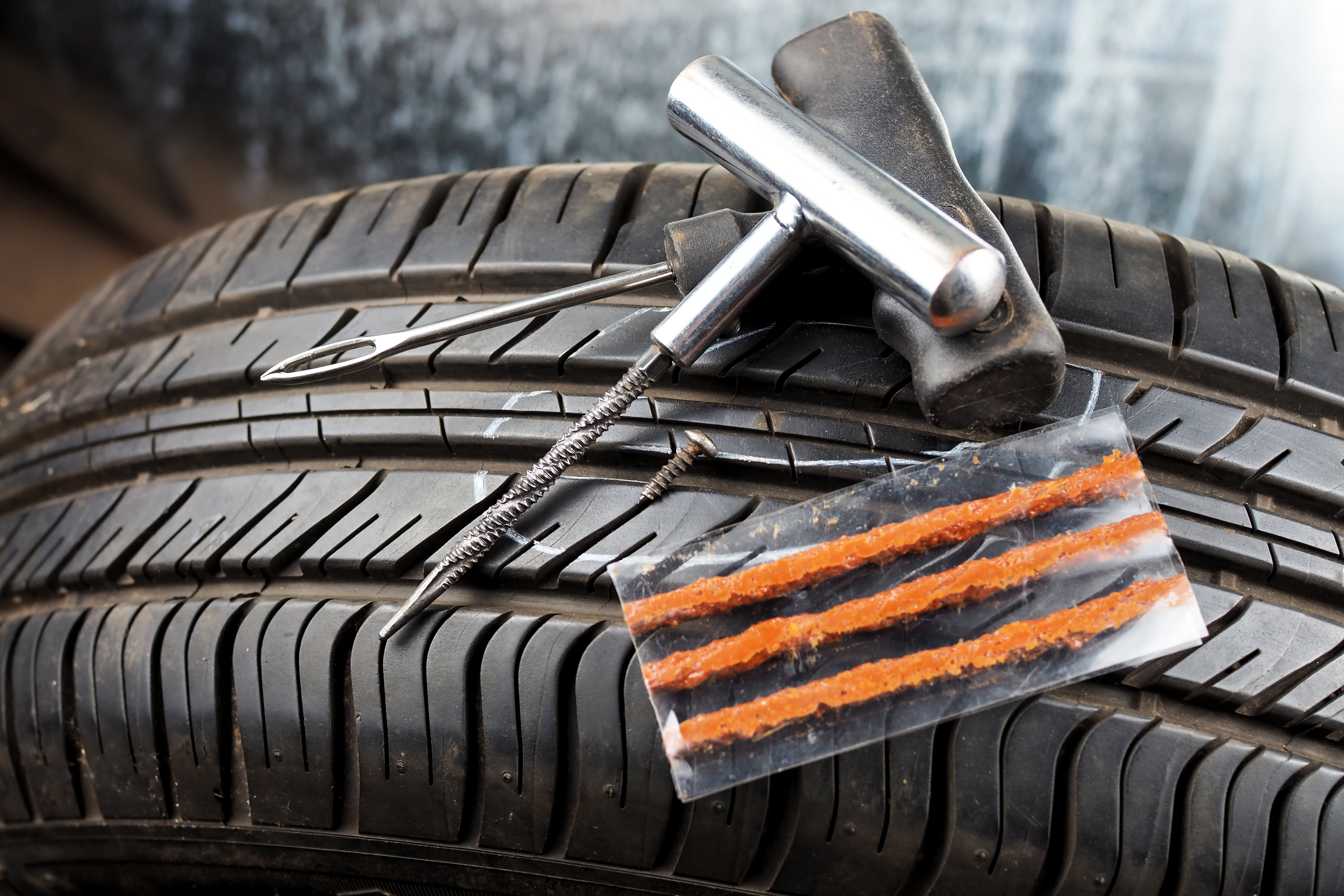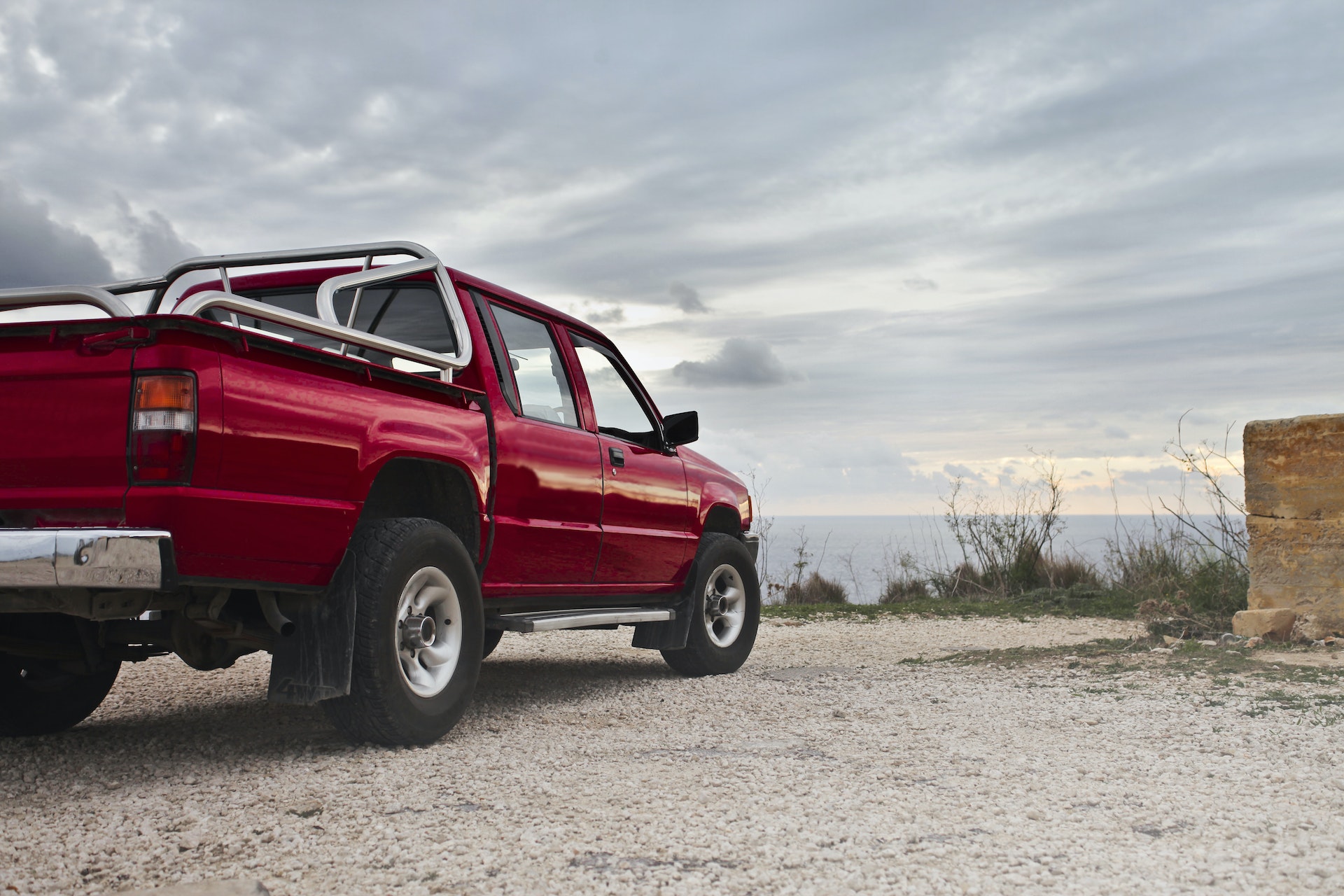The Dangers of Tire Neglect
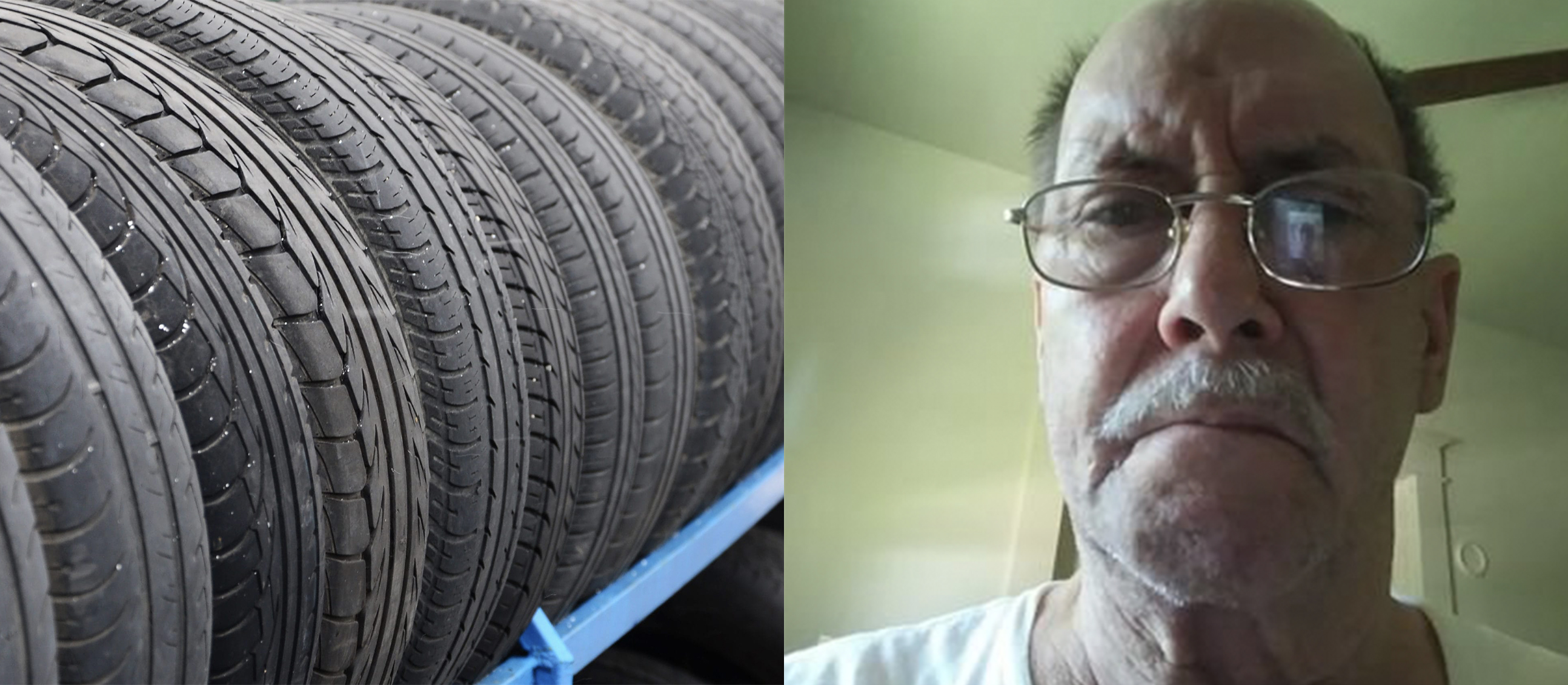
Tires: they're the unsung heroes of your vehicle, supporting thousands of pounds of metal while navigating rough terrains, wet roads, and sudden stops. Yet, despite their importance, tires are often overlooked—until it's too late.
Neglecting your tires is not just an oversight; it's a risky move that can lead to dangerous driving conditions and even accidents. Worn-out or underinflated tires significantly reduce your vehicle's handling capability, potentially leading to hydroplaning in wet conditions, or even a blowout at high speeds.
Additionally, poorly maintained tires are less fuel-efficient and can wear out quicker, hitting you with premature replacement costs. Therefore, failing to keep an eye on your tire condition is not just an endangerment to your safety, but it's also a costly mistake that could have been easily avoided with regular inspections and maintenance.
In this detailed guide, we'll cover all the ins and outs of tire maintenance to keep you rolling smoothly, safely, and efficiently.
The Ultimate Guide to Tire Maintenance: Understanding Your Tires
Before you even begin to think about tire maintenance, it's crucial to know what those cryptic numbers and letters imprinted on your tire's sidewall mean. They're not just random characters; they tell you a lot about your tire's specifications. Here's how to decode them:
Let's consider an example: P225/60R16 97S
P: The 'P' indicates that the tire is a "P-metric" tire, designed for passenger vehicles. If there's an 'LT,' it's for light trucks, and no letter means it's a European metric tire.
225: This is the width of the tire in millimeters from sidewall to sidewall. A larger number means a wider tire.
60: This number represents the aspect ratio, which is the height of the tire's cross-section as a percentage of its width. In our example, the height is 60% of 225 mm.
R: Stands for Radial, indicating the layers of fabric run radially across the tire.
16: This is the diameter of the wheel in inches that the tire is intended to fit.
97: This is the tire's load index, a numerical code that corresponds to the maximum weight the tire can support when properly inflated.
S: This is the speed rating, telling you the maximum speed capability of the tire. 'S' means it can handle speeds up to 112 mph.
Understanding these codes gives you valuable insights into your tire's size, type, and performance parameters, empowering you to make informed decisions whether you're buying new tires or just looking to better understand how your existing ones match up to your needs.
When to Replace Tires
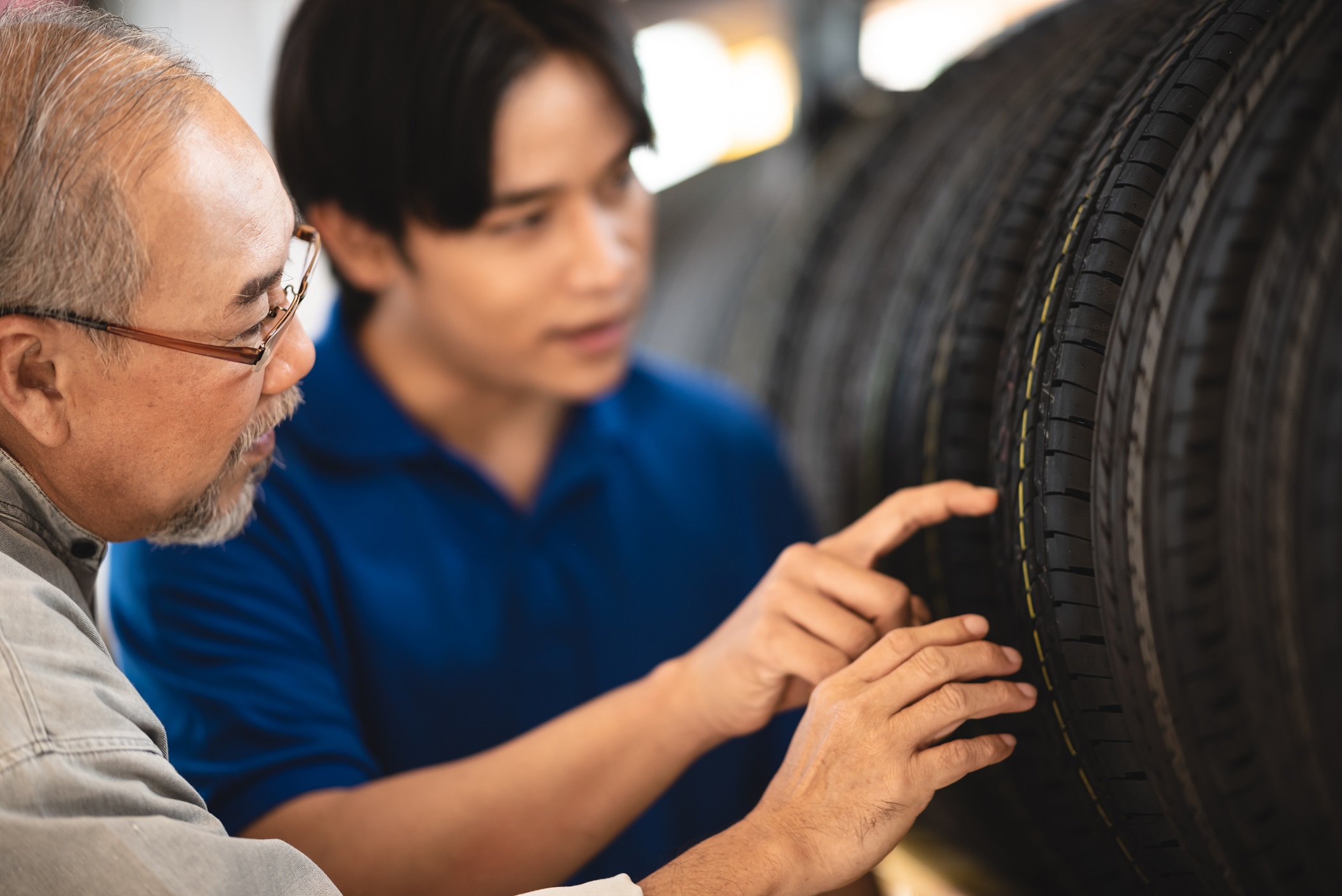 Chokniti-Studio , Shutterstock
Chokniti-Studio , Shutterstock
Waiting until your tire blows out on a highway is not the way to find out you need new tires. Watch out for:
- Tread Wear: The minimum tread depth should be 2/32 of an inch. Many tires have built-in treadwear indicators.
- Age: Most manufacturers recommend replacing tires every six years, regardless of tread wear.
- Visible Damage: Look for cuts, cracks, or sidewall bulges.
The Importance of Tire Pressure
Proper tire pressure is vital for handling, traction, and durability. Most vehicles have a sticker inside the driver's side door jamb that tells you the recommended pressure. You can also find this information in your owner's manual.
How to Check Tire Pressure
- Equipment: Get a quality tire pressure gauge.
- Timing: Check the tire pressure when they are cold.
- Procedure: Unscrew the cap on the tire's valve, fix the gauge onto the valve stem and take the reading.
- Adjust: Use an air compressor to fill to the desired pressure if needed.
Rotation, Balance, and Alignment
- Rotation: Rotating your tires ensures even wear, extending their lifespan. Do it every 6,000–8,000 miles.
- Balance: Unbalanced tires cause vibration, uneven wear, and potential damage to your vehicle's suspension. Get them balanced during rotation.
- Alignment: If your vehicle drifts to one side or your steering wheel vibrates, you might need a wheel alignment. It enhances tire longevity and ensures your car drives straight.
Inspect for Uneven Wear Patterns
Unusual wear patterns often indicate issues like improper inflation, misalignment, or suspension problems. If you notice uneven wear, consult a mechanic for diagnosis and repair.
Tire Repair Kits
A tire repair kit, usually containing a sealant and a compressor to reinflate the tire, can be a short-term solution to minor punctures. However, you should immediately head to a service center for proper repair.
Seasonal Tires
Some people opt for winter or summer tires depending on the climate. While it may seem cumbersome to switch out tires, the benefits in terms of safety and performance are significant.
Avoid Overloading Your Vehicle
Always adhere to your vehicle's load-carrying capacity (found on the door jamb sticker) to prevent undue stress and premature wear on your tires.
Emergency Preparedness
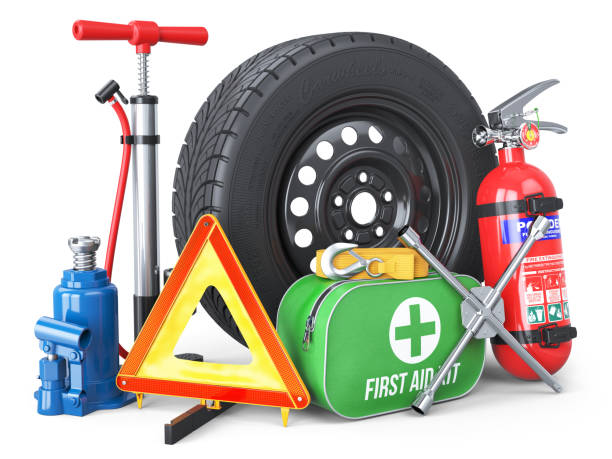
Keep an emergency kit in your trunk that includes items like an inflated spare tire, jack, and lug wrench. You never know when you'll need them.
Final Thoughts
Tire maintenance isn't rocket science, but it does require regular attention. Proper care ensures that your tires last longer, saving you money and, more importantly, keeping you safe on the road. So, make tire maintenance a part of your regular vehicle upkeep—you won't regret it.


